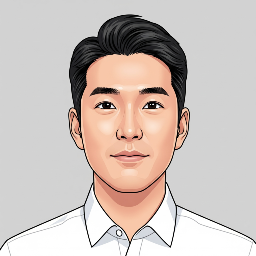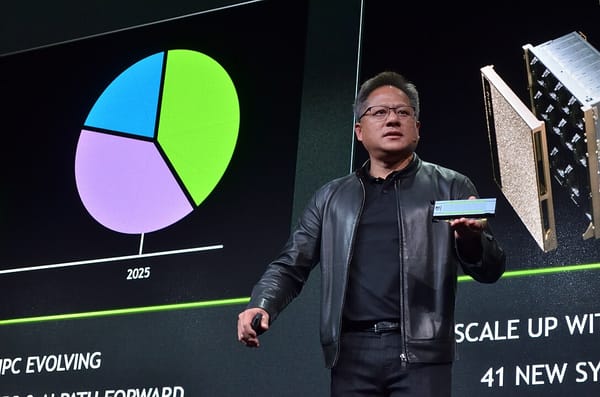The Prophet in the Black Leather Jacket: Jensen Huang is Coding the Future




When we talk about the Artificial Intelligence (AI) revolution today, we often think of the marvels of ChatGPT. But do you know where the beating heart that powers it all is located? It's within NVIDIA, a company led for over 30 years by a man whose signature look is a black leather jacket: Jensen Huang.
How did a graphics card company on the brink of bankruptcy ascend to the pinnacle of the AI empire, becoming the world's most valuable company? The answer lies in the philosophy of its founder, a leader who transformed adversity into a fertile ground for innovation and who alone saw the future when everyone else called it impossible. In this edition of selectd.tech's "People" section, we take a deep dive into the journey of Jensen Huang, the most important architect of the AI era.
Jensen Huang's beginnings were anything but smooth. Born in Taiwan and immigrating to the U.S. at a young age, he faced the harsh realities of racial discrimination. Yet, he refused to bow to his circumstances, carving his own path through meticulous preparation and "doing his homework." After earning his master's degree from Stanford, he took the first step of his monumental journey in 1993, founding NVIDIA with two colleagues.
Reality, however, was unforgiving. Their ambitious first product was a catastrophic market failure, leaving the company on the verge of collapse. While most would have considered giving up, Huang was different. Through this failure, he forged a core belief: "What doesn't kill you makes you stronger." He boldly scrapped everything they had been doing and completely pivoted the company's direction. This bitter first failure was the crucible that forged his leadership philosophy: "crisis is the soil for innovation."
Jensen Huang's leadership style is unique. He is known to push his employees with intense feedback, sometimes dubbed "Jensen's Rage," but its purpose is to guard against complacency and focus their energy on achieving the highest goals. His flat organizational structure, where over 50 employees report directly to him instead of through a hierarchical chain, reflects a management style that ensures information flows quickly and without distortion, fostering a sense of ownership in everyone.
His true greatness, however, became apparent in 2012. When an early AI model called "AlexNet" demonstrated overwhelming performance using NVIDIA's GPUs, the academic world, industry, and even investors were skeptical. But Huang saw the future within it. He made what seemed like a reckless gamble at the time, pouring all of the company's resources into AI. The belief today that "what Jensen says, becomes reality" stems from this uncanny ability to see what others could not and his unyielding conviction.
The generative AI boom, sparked by ChatGPT, proved that Jensen Huang's decade-old prophecy had come true. NVIDIA's GPUs became the master key to unlocking the AI era, and the company soared to the top of the world, becoming the first semiconductor firm to surpass a $3 trillion market capitalization.
Yet, he is not resting on his laurels. Jensen Huang is now looking toward the era of "Physical AI"—a future where AI interacts with the physical world through robots and autonomous vehicles. He is bringing this grand vision to life through the "Omniverse," a platform for simulating and training real-world robots in a virtual environment. This is more than just selling technology; it is a declaration that he is architecting a new reality where AI will fundamentally reshape human civilization.
With a relentless work ethic of 14-hour days, seven days a week, a fearlessness in the face of failure, and a prescient ability to see the future, Jensen Huang is more than just a CEO. He is a pioneer leading us into a new age. His journey is the most powerful testament to how technology, when met with one person's vision, can change the world.